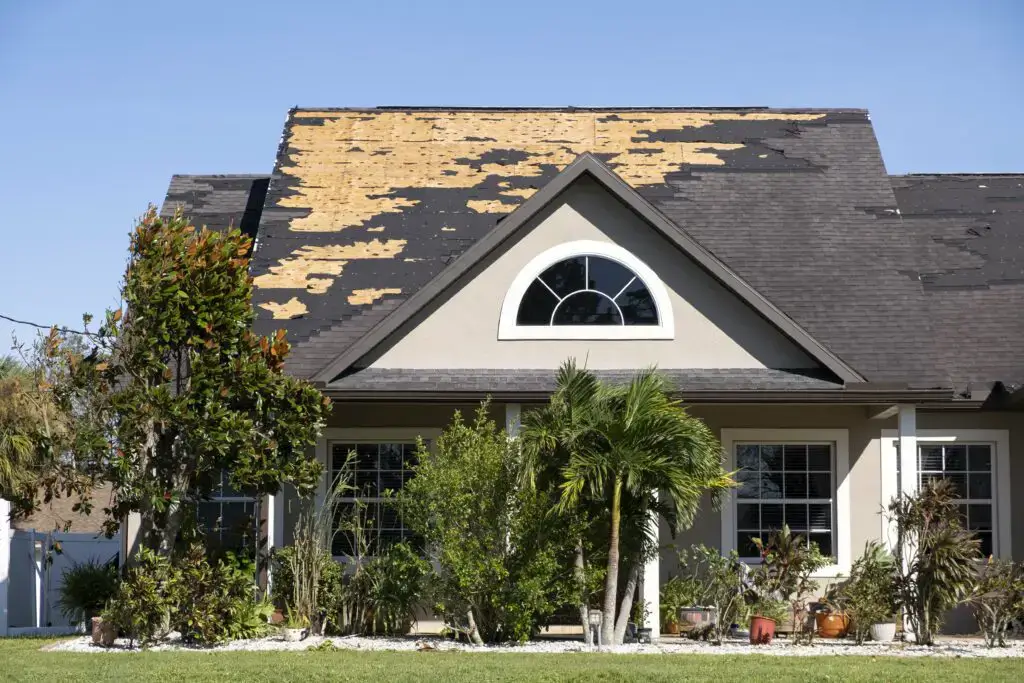Taking immediate action to protect your home
A severe storm can leave a trail of destruction, with your roof often bearing the brunt of the damage. High winds, hail, and heavy rain can cause significant issues, leading to leaks, structural damage, and even total roof failure. Knowing what steps to take immediately after a storm is crucial for ensuring your home’s safety and preventing further damage. Here’s a guide on what to do after a storm when you need emergency roof repair.
1. Ensure Safety First
The aftermath of a storm can be chaotic and dangerous. Before assessing any damage, make sure you and your family are safe. Watch out for downed power lines, broken glass, and other hazards. If your roof has sustained significant damage, it might be safer to stay elsewhere until the situation is under control.
Safety Tip: Avoid climbing onto the roof yourself, as it may be unstable. Instead, wait for professional help.
2. Perform an Initial Assessment
Once it’s safe, conduct a preliminary inspection from the ground. Look for visible signs of damage such as missing shingles, broken tiles, and debris. Inside your home, check for water stains on ceilings and walls, which can indicate leaks.
What to Look For:
● Missing or broken shingles/tiles
● Visible holes or punctures
● Damaged gutters or downspouts
● Water stains or leaks inside the home
3. Document the Damage
Take detailed photos and notes of all visible damage. This documentation will be essential for insurance claims and for the roofing repair company you choose. Make sure to capture both the exterior and interior damage for a comprehensive record.
Documentation Tips:
● Photograph all angles of the roof
● Include close-ups of damaged areas
● Document any interior water damage
4. Contact Your Insurance Company
Notify your insurance company about the storm damage as soon as possible. Provide them with the documentation you’ve collected. An insurance adjuster will likely need to inspect the damage in person to process your claim.
Insurance Tip: Keep a copy of all correspondence with your insurance company and any receipts for temporary repairs.
5. Find a Reliable Roofing Repair Company
Search for “roofing services near me” to find local professionals who can handle emergency roof repairs. Look for a company, such as New Image Roofs, with experience in storm damage repairs and a solid reputation in your community. Ensure they are licensed, insured, and have good reviews.
Choosing a Company:
● Check online reviews and ratings
● Verify credentials and insurance
● Ask for references from past clients
6. Make Temporary Repairs if Possible
If it’s safe to do so, make temporary repairs to prevent further damage. This might include covering holes with a tarp or using buckets to catch water from leaks. Temporary fixes can help protect your home until professional repairs can be made.
Temporary Fixes:
● Cover holes with a heavy-duty tarp
● Use buckets or pans to catch leaks inside
● Remove any loose debris that could cause further damage
7. Schedule Professional Repairs
Once you’ve chosen a roofing repair company, schedule the repairs as soon as possible. Professional roofers will conduct a thorough inspection and provide a detailed estimate for the necessary work. Ensure that the company offers emergency roof repair services to address urgent issues promptly.
Repair Process:
● Thorough inspection by roofing professionals
● Detailed repair estimate
● Timely scheduling of repair work
A Roof Protects More Than Your Home – It Protects Your Family
Storms can cause significant damage to your roof, but knowing what to do immediately afterward can make a big difference. Ensuring safety, documenting the damage, contacting your insurance company, and finding reliable roofing services near you are crucial steps.
Making temporary repairs can prevent further issues while you wait for professional help. By acting quickly and efficiently, you can protect your home and ensure your roof is restored to its proper condition.

